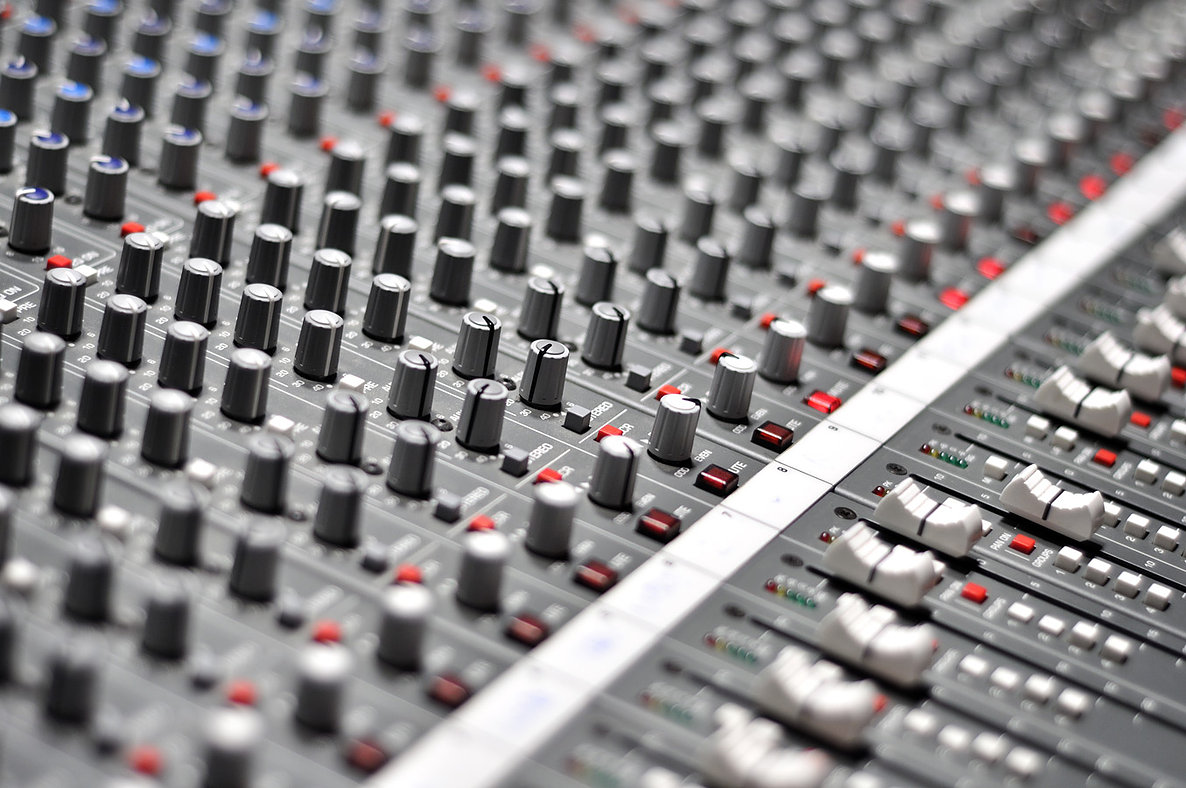This is a short post, but it’s important enough that I wanted to write about it because I get quite a few mix students that cut out too much low end. When you’re new to mixing music, there’s one thing I see in almost every tutorial: cut the low end out of anything in your bass or kick. Is it necessary? The answer is overwhelmingly in most cases no!
When I was first starting out as a young mix engineer, I used to do that automatically. The end result was usually a noticeably thin mix. A lot of the cut track will benefit from lower end vocals or piano, for Example. Three main reason why your mix will end up being thin:
- Most inexperienced mix engineers lack the expertise to hear what they are cutting out and usually end up cutting too much low end.
- A lot of inexperienced mix engineers don’t work in a proper environment or have the right gear to hear what they are cutting out of the mix. Good speakers start around $3000, a treated environment is even more expensive. If you don’t have good speakers in a treated environment, you can’t properly hear what you are cutting out.
- A lot of the tracks don’t have a lot of low end information as it is, vocals don’t usually generate subs unless there’s a technical problem in the recording, so cutting it won’t do anything. Since the cut affects higher frequencies much of the time (like the low mid for example), cutting vocals up to 80Hz will end up affecting the 125Hz and above, frequencies a lot of vocals need more of.
Don’t take my word for it – test it yourself. Take your last mix and remove all of the low pass filter, then export it. If you feel I’m off base, feel free to email me comments.
If you do decide to cut most of your low end out, in most cases, make sure that you don’t cut more than 50-60Hz on a 6db filter. If you go with steeper curves, you can go higher, but the key is to make sure your cut doesn’t go deep into the necessary higher frequencies.
Obviously, there’s way more into mixing than the low end, but on your next mix, try boosting the low end before cutting, and keep the cut up to 50hz tops.





